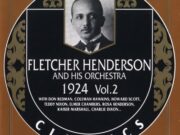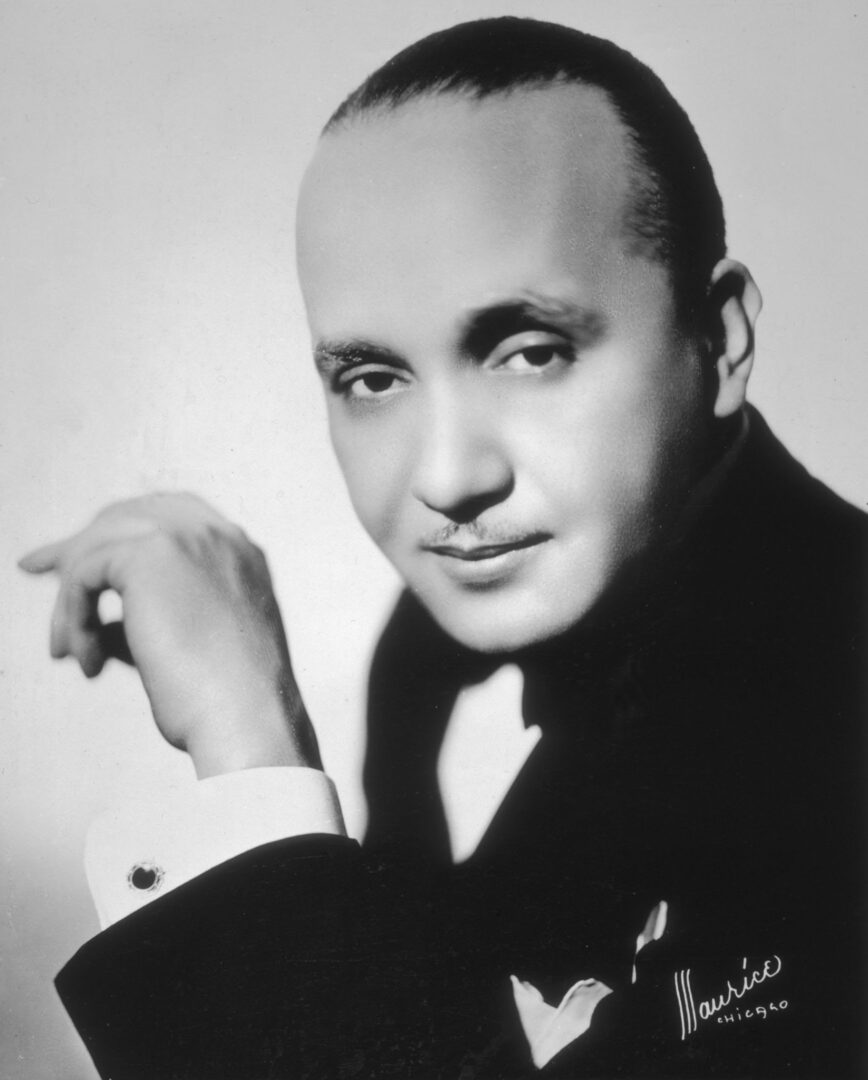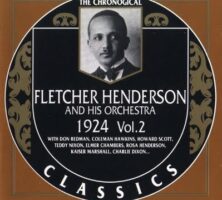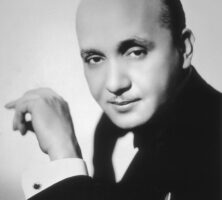Fletcher Henderson, a performer, arranger, and bandleader, became a popular and influential figure in big band and swing music during the 1920s. The Georgia native is credited with forming the first big band orchestra around 1920 in New York City.
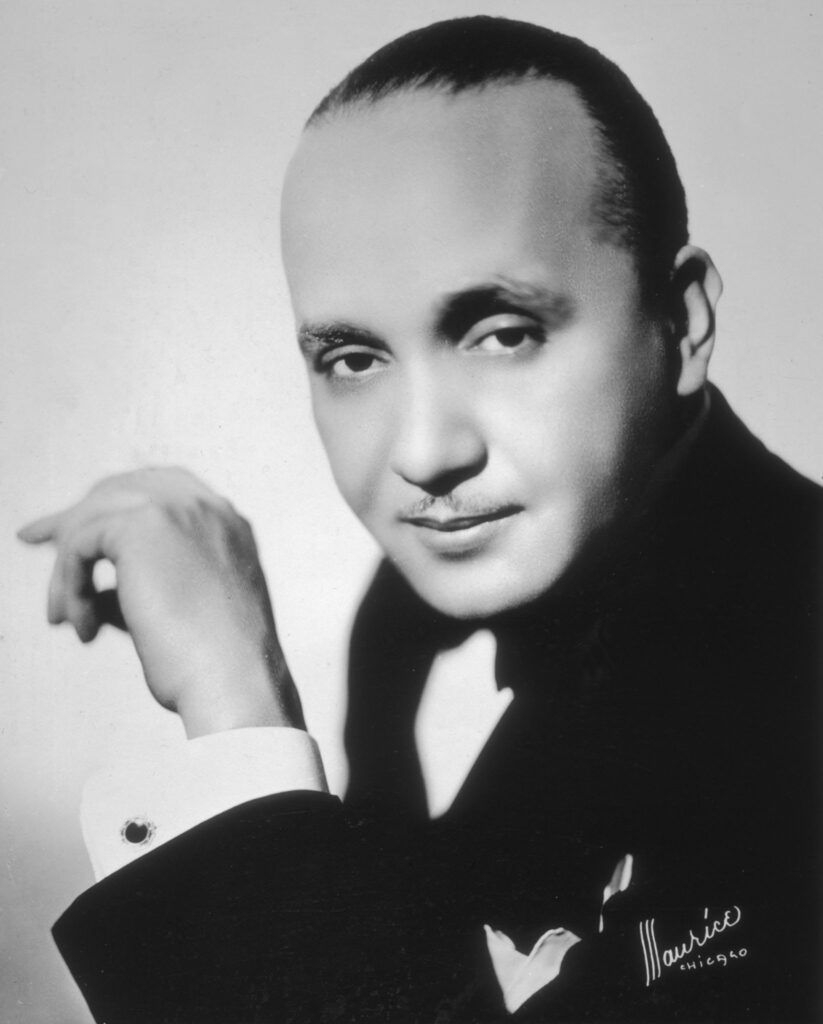
James Fletcher Henderson was born on December 18, 1897, in Cuthbert, in Randolph County, to Ozie Lena Chapman and Fletcher Hamilton Henderson. He and his brother, Horace, who also became a successful jazz musician, grew up in a cultured household and were taught to play piano by their mother. While earning a degree in chemistry and mathematics at Atlanta University (later Clark Atlanta University), Henderson officially changed his name to Fletcher Hamilton Henderson Jr. In 1920, after his graduation, Henderson set off for New York City to find a job as a chemist.
Henderson, an African American, soon looked to music for employment opportunities after being turned down for work in his field, presumably because of his skin color. He found his first job as a song demonstrator for the Pace-Handy Music Corporation. This employment led to stints as a house pianist for Black Swan records and as a touring pianist and bandleader for the blues singer Ethel Waters. During his tenure at Black Swan, Henderson accompanied numerous female blues singers, including Ida Cox, Gertrude “Ma” Rainey, Bessie Smith, Clara Smith, and Trixie Smith. During the same period, Henderson began recording his own group, whose formation led to an unplanned audition for a gig at Club Alabam in Harlem.
In 1921 the Fletcher Henderson Orchestra made several records and attracted some of the best musicians and soloists in New York. An almost decade-long stint at the Roseland Ballroom followed. In the early 1920s the reed player and arranger Don Redman joined Henderson’s group. The subsequent addition of trumpeter Louis Armstrong led Redman to arrange songs that showcased Armstrong’s improvisational talent, as well as the hot solos of trombonist Charlie Green, trumpeter Joe Smith, and others. The dual focus on improvisation and tight arrangements began the movement toward the swing era. Academics and critics argue about the style of music played by Henderson’s first band, calling it everything from an imitation of Paul Whiteman’s non-jazz dance orchestra to the original genius of big-band swing.
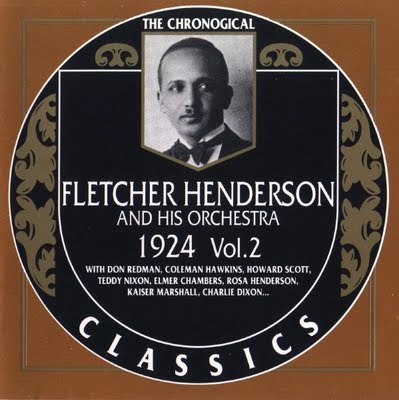
By 1935 Henderson’s orchestra had lost its popularity, as gigs and good musicians were lost to other bands. Henderson disbanded the group to become the arranger and an occasional accompanist for Benny Goodman, who had the most popular swing band at the time. Goodman directed much of the credit for his success to Henderson, who had written arrangements for Goodman’s group for many years.
Even though Henderson enjoyed renewed popularity while working with Goodman, he was never able to regain the continued success of his first orchestra. Throughout the 1930s and 1940s, Henderson formed and disbanded a number of groups. Some of the bands recorded hit singles and attracted stellar musicians, but more often they languished in the background of the swing scene.
Although critics disagree about Henderson’s business acumen and piano style, his contributions to early jazz, particularly his innovative instrumentation and arrangement, laid the foundations for swing. Henderson’s legacy also includes the recruitment of top musicians, who usually went on to greater fame under other leaders or with their own names.
In 1950 Henderson suffered a stroke in New York and died there on December 29, 1952. He is buried in Cuthbert. In 1989 he was inducted into the Georgia Music Hall of Fame.


